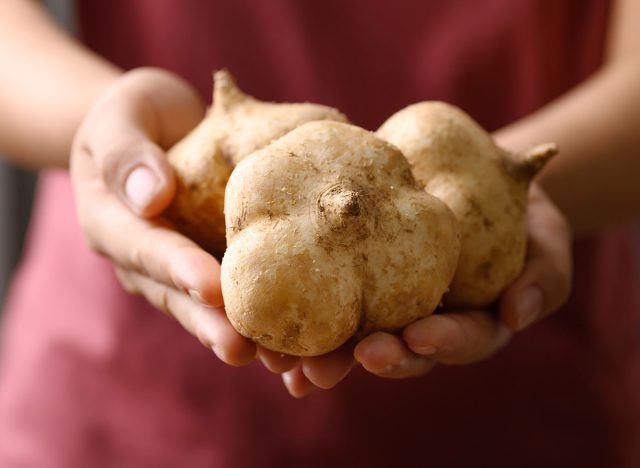The 3 Foods You Should Eat Everyday To Lose Weight and Lower Blood Sugar

Mark Hyman, MD, aka the "blood sugar doctor," knows how much of an impact diet has on weight loss and gut health. By eating very specific gut-friendly foods, you can positively impact many aspects of health and wellness, including fighting obesity and chronic diseases. "I've learned to include some core foods into my diet on a regular basis, which I know are both probiotic foods and prebiotic foods, as well as fermented foods," Dr. Hyman says. Here are three foods he recommends for weight loss, metabolism, and lower blood sugar.
Resistant Starch Foods
Plantains, green bananas, lentils, and Jerusalem artichokes are all examples of foods high in resistant starch that create a better gut environment. "Resistant starch means that rather than being absorbed by the body, it's not absorbed," Dr. Hyman says. "So if it can't be absorbed and you can't use it as calories or fuel, what happens is it's eaten by the bugs in your gut. Now if it's the right kind of starch, it actually starts to fertilize the good bugs." Dr. Hyman goes on to say this positively impacts metabolism and obesity.
High-Fiber Diet
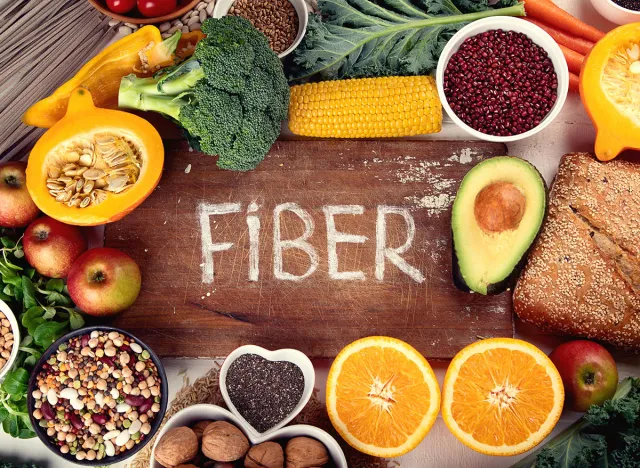
Dr. Hyman enjoys a high-fiber, gut-friendly diet. "Tons of raw veggies and salads, cooked veggies. The other night, I had duck breast with shitake mushrooms, which are also high in compounds such as polysaccharides, which are helpful for immune function. I had steamed artichokes, which have prebiotic fibers, folate, and detoxification compounds. I had Japanese sweet potato and stir-fried asparagus, which is also a prebiotic food.
Fermented Foods
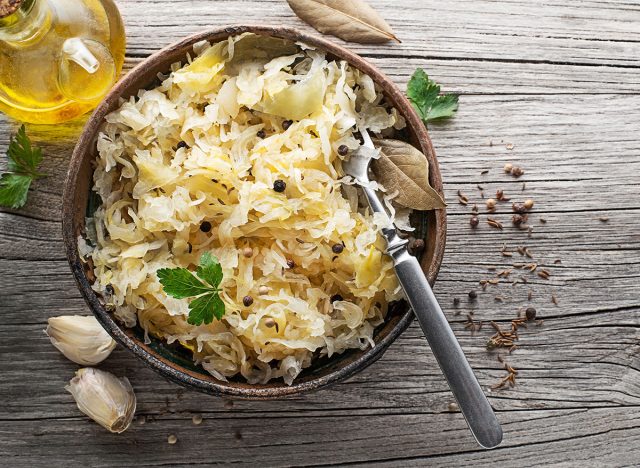
Dr. Hyman always includes fermented foods in his diet. "I have miso, I have kimchi, I have sauerkraut, I like pickles, those are probiotic foods. I'll make sure I eat the prebiotic foods with polyphenols. I tend to eat a lot of colorful fruits and vegetables.
RELATED: 20 Superfoods for People Over 50
Good Fats
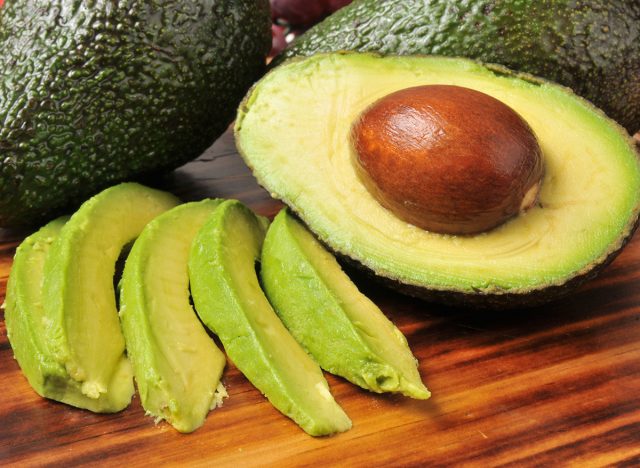
Dr. Hyman emphasizes the importance of eating healthy fats and avoiding refined oils. "Avocados are great, nuts and seeds are great, extra virgin olive oil is great—I tend to stick to those fats."
Protein Portions
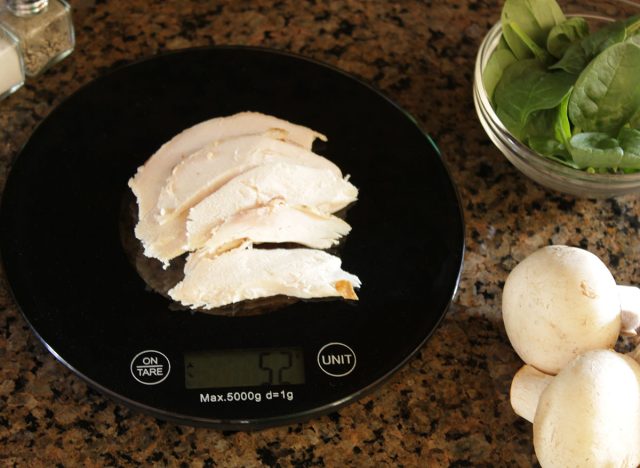
Dr. Hyman recommends eating a palm-sized portion of protein, whatever your age. "That can be plant proteins, but with plant proteins, you typically need to eat a lot more to get the same grams of protein." Plant-based foods such as seitan are very high in protein.
Eat Your Shirataki Noodles

Dr. Hyman recommends noodles as a perfect prebiotic food. "Not just any noodles, but a special kind of noodles called shirataki noodles. These are Japanese noodles made from konjac root. It's a prebiotic food but also has tremendous power to slowly absorb glucose and fatty acids and other things that actually drive weight gain and obesity. You can enjoy them because they have no calories and no carbohydrates. It's just fiber."
RELATED: I Lost 134 Pounds After Saying Goodbye to These 6 Habits
The Joys of Jicama
-

Shutterstock - Fresh jicama or yam bean holding by hand. Jicama can be eaten raw or cooked, The taste are crisp, juicy, moist, and slightly sweet. Dr. Hyman loves putting sliced jicama in his salads. "Jicama is a great prebiotic," he says. "You peel it and cut it into thin little matchstick slices… it's crunchy, it's got a nice taste to it." And if you enjoyed this article, take advantage of these 15 Quick Ways to Lose Body Fat Percentage in a Week.
